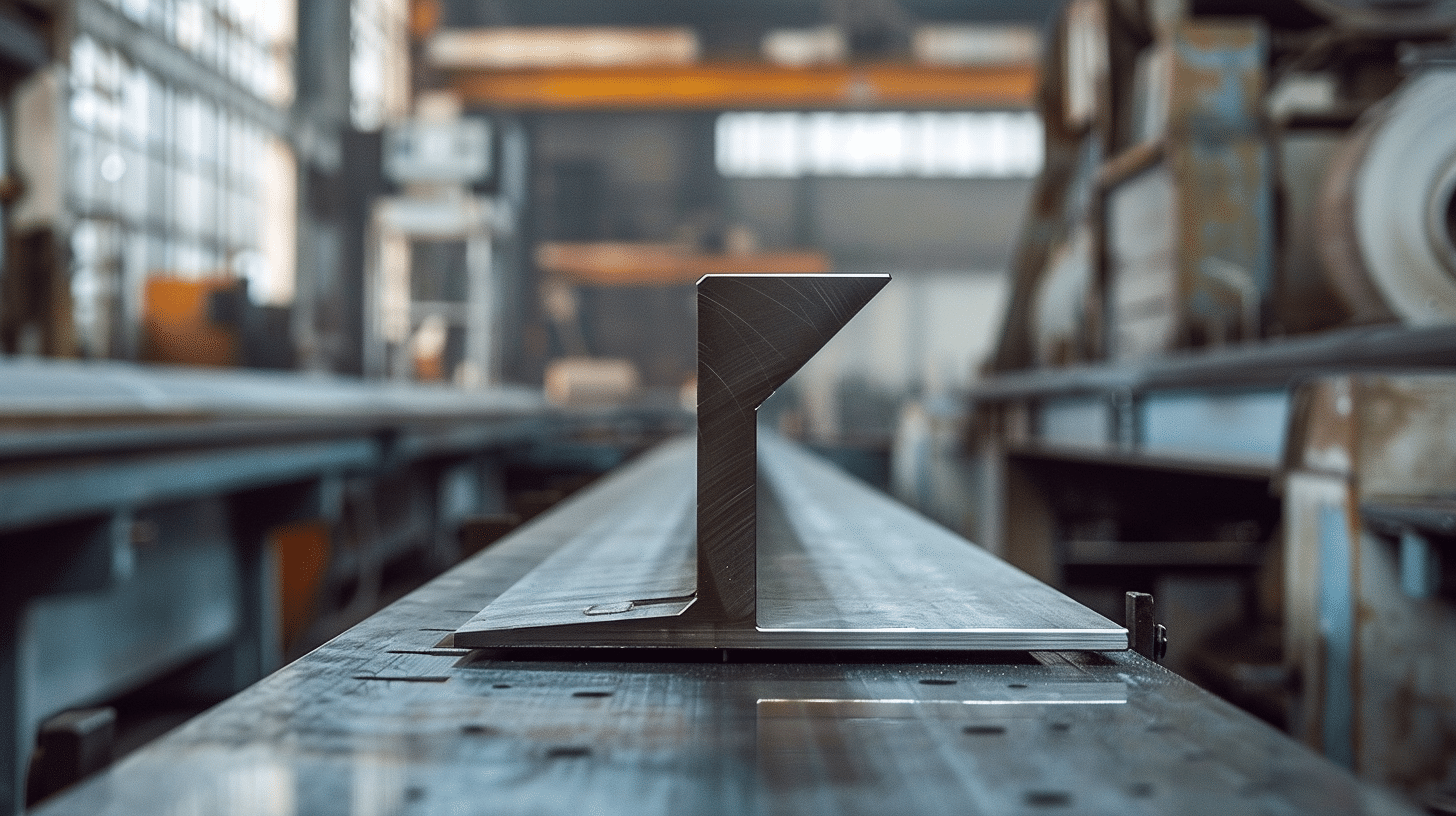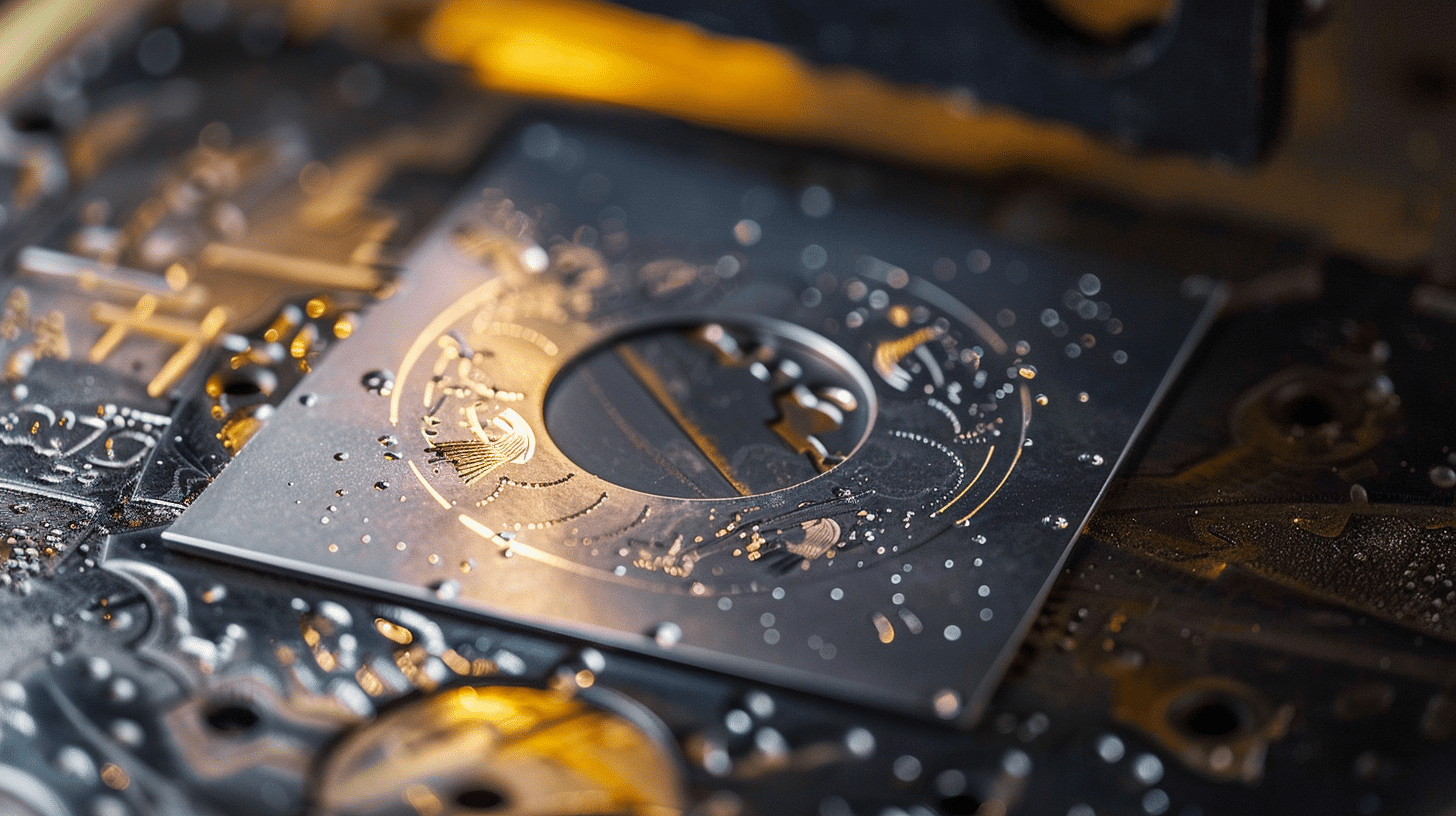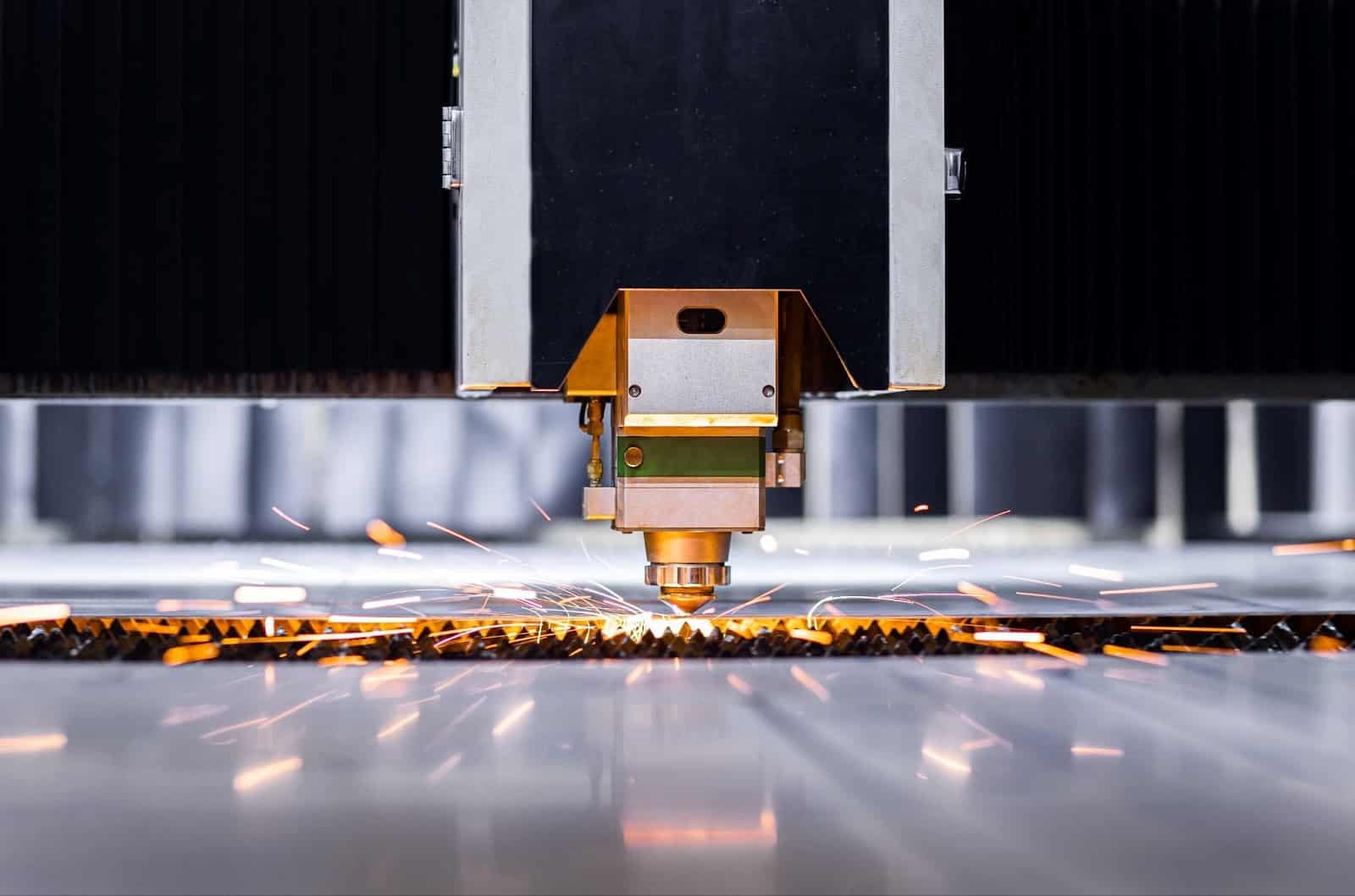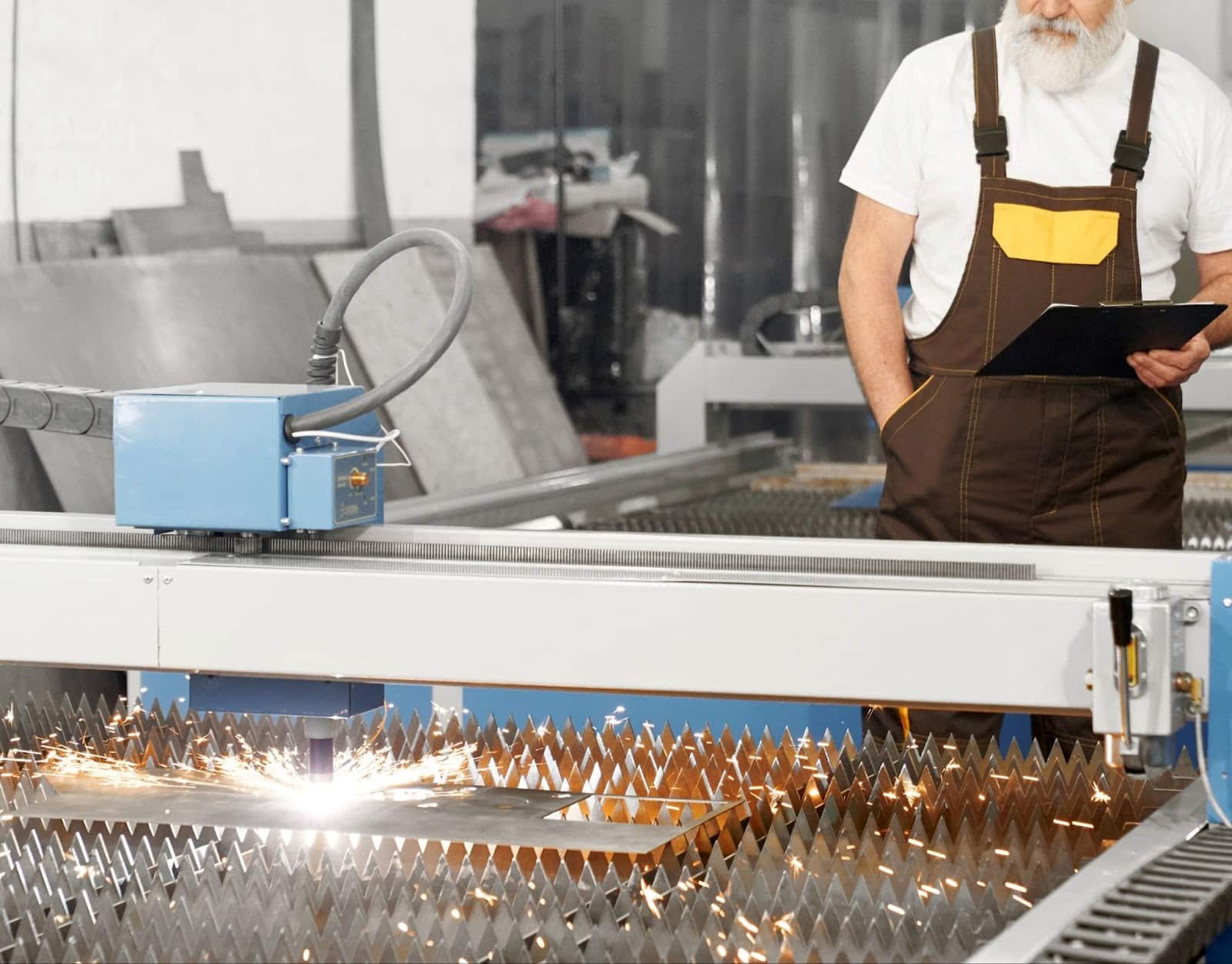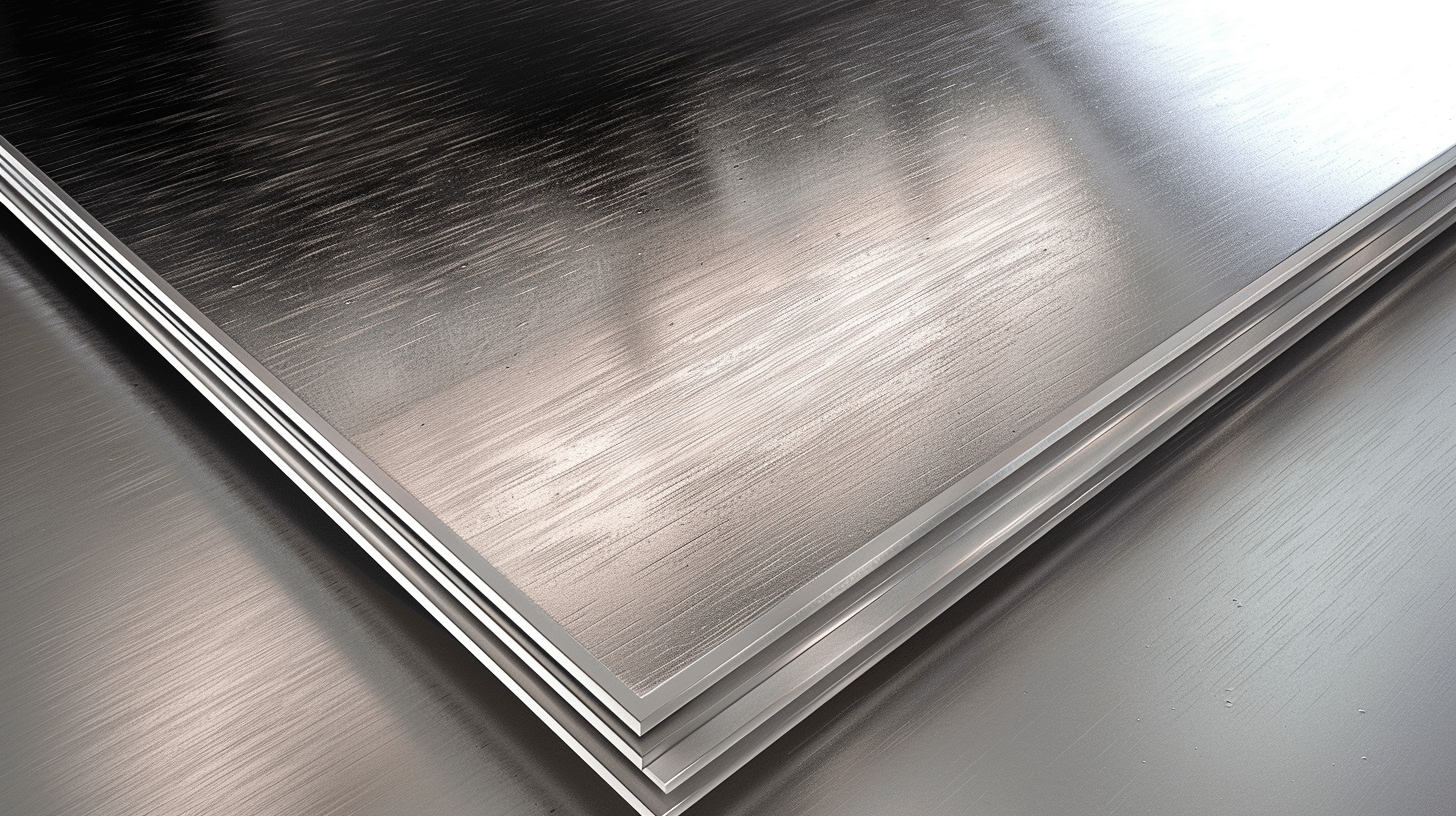Sheet metal bending is a fundamental yet often underappreciated process that is essential for manufacturing high-quality, cost-effective metal components. This guide explores the critical aspects of sheet metal bending, including various techniques, material properties, and essential design considerations. Whether you are a product developer, engineer, or business owner, understanding these elements is vital for achieving precise and durable components suitable for a wide range of industries.
Are You Looking to Optimize Your Sheet Metal Bending Process?
In today’s competitive manufacturing landscape, efficiency and precision in processes like sheet metal bending are crucial for maintaining a competitive edge. If you’re considering optimizing your sheet metal bending process, Alpha Contract Manufacturing Group (ACMG) has the expertise and advanced technology you need.
Our services are designed to provide manufacturers and subcontracting companies with reliable, turnkey solutions tailored to their specific needs. By partnering with ACMG, you can ensure that your components are manufactured to the highest standards, with quick turnaround times and exceptional customer service.
Turnkey Metal Processing Services
Understanding Metal Fabrication Techniques: What is the Sheet Metal Bending Method?
Sheet metal bending allows the creation of diverse part geometries without the need for extensive tooling, thus offering quick lead times, high repeatability, and automation. Bending is particularly advantageous for low to medium-volume production, where quantities range from several hundred to several thousand per batch. This makes it more economical than creating costly, maintenance-heavy stamping tools or using other expensive methods for the required production volumes.
For product developers, engineers, and business owners looking to manufacture metal parts, understanding sheet metal bending techniques is essential. Often combined with laser cutting, bending is part of a suite of processes suitable for low to medium-volume production.
Types of Sheet Metal Bending
Here are some of the most common methods used to bend metal:
Brake Press Bending
Brake press bending is a widely used method involving the use of a brake press machine to form metal between two dies. This method includes various techniques such as:
- Air Bending: Involves pressing the metal into a V-shaped die with a punch. There’s a gap between the metal and the bottom of the die, providing flexibility in bend angles but requiring precise control for accuracy.
- Bottom Bending: Similar to air bending but pushes the metal fully into the V-shaped die, forming the exact shape. This method results in less springback and more accurate angles but needs more force and different dies for each bend radius.
Rolling
Rolling is used for creating cylindrical or curved shapes. The metal is passed through rollers, which deform it to the required curvature. Rolling machines usually have three rolls and can handle material thicknesses from 1mm to over 50mm.
Rotary Bending
Rotary bending employs a rotary die to bend the metal, providing smooth and consistent bends. This method is particularly useful for complex shapes and acute angles, offering high precision and minimal risk of material damage.
Wipe Bending
Wipe bending uses a wiping die that presses against the metal, bending it over a straight edge. This method is efficient for making sharp bends and is often used in high-volume production.
U-Bending
U-bending forms metal into a U-shape by pressing it between a punch and a die. This method is straightforward and is commonly used in manufacturing channels and brackets.
V-Bending
V-bending uses a punch to press the metal into a V-shaped die, creating a precise V-shaped bend. This method is versatile and can produce a range of angles and radii.
Heat Bending
Heat bending involves heating the metal to a specific temperature and then bending it. This method is used for metals that are difficult to bend at room temperature, reducing the risk of cracking or breaking.
Stretch Forming
Stretch forming stretches and bends the metal simultaneously over a die. This method is used for making large, smooth curves and is common in the aerospace and automotive industries.
Advanced Bending Techniques
Modern fabrication shops employ advanced techniques to improve efficiency and accuracy:
- Laser Cutters: Precise cutting of metal sheets before bending, ensuring clean edges and accurate dimensions.
- Fibre Lasers: High-powered lasers that cut through metal with minimal thermal distortion, crucial for maintaining the integrity of the material during subsequent bending.
- 2D and 3D Files: Using format files from software like Adobe Illustrator to create precise flat pattern drawings and 3D models, aiding in the accurate bending of sheet metals.
When to Use Sheet Metal Bending in Fabrication
Sheet metal bending offers flexibility in bending various metal types and thicknesses, producing complex parts for industries like automotive, transport, domestic appliances, and industrial equipment. Common metals such as steel, aluminum, copper, and titanium can be bent, with sheet metal typically being less than 3mm thick but capable of handling up to 20mm thickness.
Modern CNC machines that combine cutting and bending can produce entire parts from a single sheet, reducing the need for welding or other joining techniques. This capability can lower costs and production times. However, when a single sheet cannot form a complete part, sheet metal bending can be integrated with other processes like mechanical fastening, threading, chamfering, and countersinking, enhancing flexibility and versatility.
How To Choose The Sheet Metal Fabrication Process | 5 Key Factors To Consider
Materials Used in Sheet Metal Bending
The choice of material plays a crucial role in the bending process, affecting the bend radius, bend angle, material thickness, and overall mechanical properties. Below, we explore the common materials used in sheet metal bending and how their properties influence the process.
Stainless Steel
Stainless steel is a popular choice for sheet metal bending due to its excellent corrosion resistance, tensile strength, and durability. It is commonly used in applications where the material will be exposed to extreme pressure or corrosive environments, such as automotive components and industrial equipment. Stainless steel can be challenging to bend due to its high yield strength, requiring precise calculations for bend allowances and relief cuts to prevent cracking and maintain the original shape.
Mild Steel
Mild steel is another widely used material in sheet metal bending. It is favored for its ductility, ease of bending, and relatively low material costs. Mild steel is commonly used in construction, automotive, and general manufacturing industries. It can be bent into sharp corners and complex shapes using various sheet metal bending methods, including air bending and rotary bending. The material’s flexibility allows for bending processes that produce tight tolerances and high-quality parts.
Carbon Steel
Carbon steel offers a good balance of strength and ductility, making it suitable for a range of bending applications. The material type and thickness influence the bend radius and bend angle, requiring careful consideration of the material properties during the design phase. Carbon steel is often used in applications requiring high strength and durability, such as structural components and heavy machinery.
Cold Rolled Steel
Cold rolled steel is known for its smooth surface finish and increased strength due to the cold rolling process. It is commonly used in precision applications where dimensional accuracy and a clean finish are essential. Cold rolled steel sheets are often used in automotive and appliance manufacturing, where high-quality parts with tight tolerances are required. The bending process for cold rolled steel involves specific techniques to avoid material distortion and maintain the desired bend lines and edges.
Key Factors to Consider to Choose a Material for Sheet Metal Parts
Material Properties and Design Considerations
When selecting materials for sheet metal bending, several factors must be considered to ensure the final product meets the desired specifications and quality standards. The key considerations include material thickness, bend radius consistency, yield strength, tensile strength, material stretch, distortion, and corrosion resistance.
Material Thickness
The thickness of the sheet metal significantly impacts the bending process. Here are the main points to consider:
- Minimum Bend Radius: Thicker materials require larger bend radii to prevent cracking and achieve a smooth bend. The minimum bend radius is typically a multiple of the sheet thickness (e.g., 2-3 times the thickness).
- Bending Process: Thicker sheets often necessitate more powerful brake machines and specialized tooling to apply the required force without damaging the material.
- Power Requirements: Greater thickness means higher force is needed to bend the sheet, which can affect the choice of machinery and increase operational costs.
Bend Radius Consistency
Maintaining a consistent bend radius is crucial for producing accurate and repeatable bends. This involves:
- Bend Allowance Calculation: Accurate bend allowance calculations ensure the material bends correctly without excessive stretching or compression, leading to uniform bends.
- Bending Techniques: Using the right bending techniques, such as air bending or bottom bending, helps achieve consistent radii. Techniques must be chosen based on material properties and the desired bend angle.
- Tooling Precision: High-precision tools and equipment help maintain consistency, particularly for complex bends and tight tolerances.
Yield Strength and Tensile Strength
These mechanical properties determine the material’s ability to withstand deformation:
- Yield Strength: The stress at which a material begins to deform plastically. Higher yield strength materials are harder to bend and require more force, which can lead to springback (the tendency of a material to partially return to its original shape).
- Tensile Strength: The maximum stress a material can withstand while being stretched or pulled before breaking. It impacts the overall durability and performance of the bent part.
- Springback Management: Higher yield strength materials are more prone to springback. This must be compensated for in the bending process to achieve the desired bend angle.
Material Stretch and Distortion
During bending, materials stretch on the outer side of the bend and compress on the inner side:
- Material Stretch: Understanding how much a material stretches helps in calculating the bend allowance accurately, ensuring that the final dimensions are as intended.
- Distortion Control: Proper tooling and techniques minimize distortion, especially near bend edges and relief cuts. Distortion can affect the fit and function of the final part.
- Relief Cuts: Strategically placed cuts can help reduce stress and prevent cracking or distortion in complex bends.
Corrosion-Resistant Materials
Materials with high corrosion resistance are essential for applications in harsh environments:
- Stainless Steel: Offers excellent resistance to corrosion and oxidation, making it ideal for outdoor and marine applications, as well as in the food and medical industries.
- Coated Steels: Materials like galvanized or coated steels provide a protective layer that enhances corrosion resistance, extending the life of the components in corrosive environments.
- Application Suitability: Selecting corrosion-resistant materials ensures longevity and reduces maintenance costs for parts exposed to moisture, chemicals, or extreme weather.
The Best Surface Finishing Options for Sheet Metal Parts
Advantages of Sheet Metal Bending
- Speed of Manufacture: With minimal tooling and high automation, sheet metal parts can be produced quickly.
- Accuracy: Proper design considerations can lead to high accuracy, often up to ±0.05 mm, particularly with CNC bending machines.
- Reduced Post-Processing: Bending typically requires less post-processing than other methods like welding.
- Less Weight: Bending can achieve stiffness and strength without additional material, reducing part weight and transport issues.
- Low Cost and Little-to-No Tooling: CNC bending reduces labor and tooling costs, making it cost-effective.
- Reduction in Part Complexity: Complex parts can often be made from a single piece, reducing errors and failure points.
Disadvantages of Sheet Metal Bending
- Thickness Limitations: Thicker materials require higher bend radii, making tight bends challenging.
- Need for Consistent Thickness: Parts with varying thicknesses can require different materials.
- Cost of Manufacturing: High-volume production can be more cost-effective with stamping.
- Production Issues: Bending can cause indentations, scratches, and material fractures, especially near holes or slots.
Understanding these aspects of sheet metal bending can help optimize your metal fabrication project, ensuring high-quality, cost-effective, and durable components. For further assistance and to order and track sheet metal components, visit our on-demand sheet metal fabrication platform.
Optimize Your Industrial Operations with Alpha Contract Manufacturing Group
Discover how Alpha Contract Manufacturing Group can transform your industrial operations with top-notch contract manufacturing services. Our turnkey solutions ensure quality, efficiency, and scalability, making us the #1 choice for industrial outsourcing in the USA.
We offer expertise in:
- Machining
- Plastics
- Wood processing
- Rubber processing
- Laser cutting
- Metal processing
- Mechanically welded assembly
- Electromechanical
- Industrial painting
- Composites
- Industrial automation robotics
- Assembly manufacturing
By outsourcing to ACMG, companies can save time and money while gaining access to specialized knowledge, advanced strategies, and cutting-edge technology without hefty investments. Contact us today for a free quote and see how we can enhance your production capabilities and improve your bottom line.
